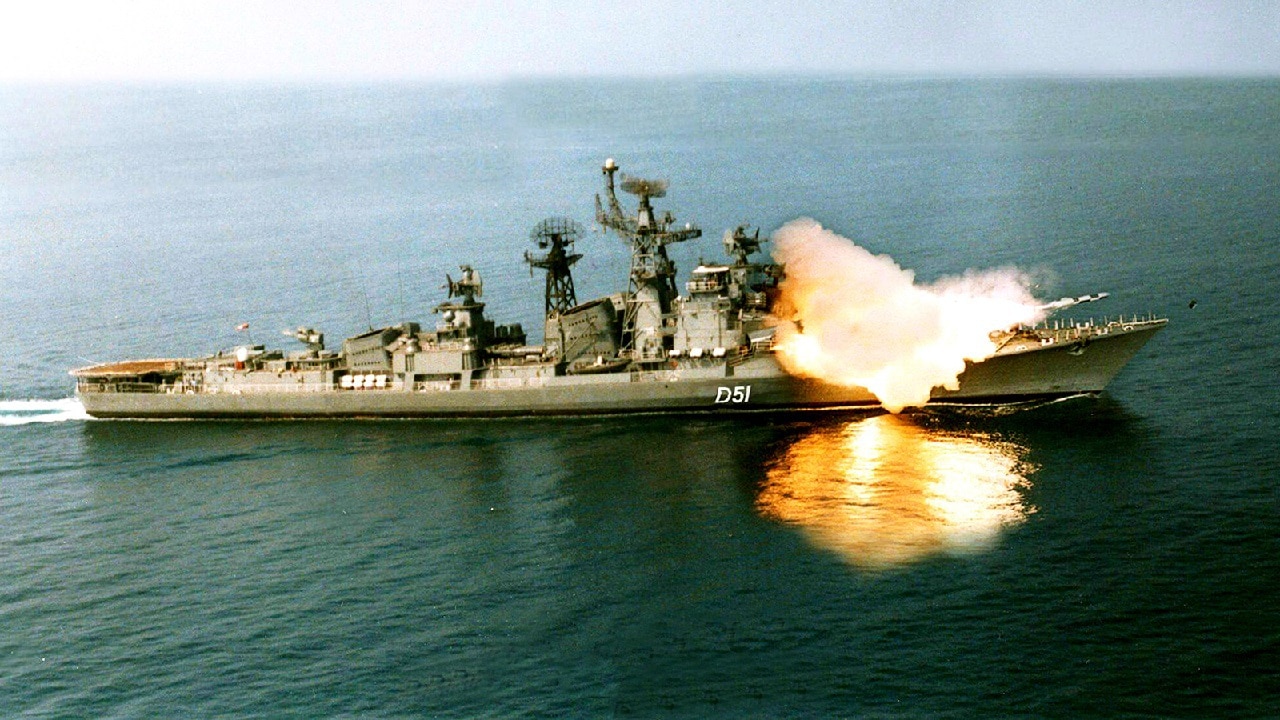There has long been a strategic imbalance between India and China: Chinese forces on the India-China border are parked relatively close to the Indian heartland, while the reverse is not true. For example, the disputed border region of Ladakh is only 400 air miles from New Delhi – -and 3,500 miles from Beijing. At the same time, Indian planners worry that China’s growing navy will have ships and bases in the Indian Ocean, though Indian ships don’t patrol the South China Sea.
So how can India redress that strategic asymmetry? Maintaining an Indian military presence on China’s Pacific border would be diplomatically tricky and economically expensive. But what India can do is keep China off balance by supplying weapons to China’s neighbors, many of whom are rearming in response to Beijing’s growing military and more belligerent foreign policy. Indeed, China already does this by providing weapons and technical help – including ballistic missiles, jet fighters and tanks – to India’s rival Pakistan.
Last month, the Philippines signed a contract with India to purchase the BrahMos, a supersonic anti-ship missile jointly developed by Russia and India. Under the $375 million deal, the Coastal Defense Regiment of the Philippines Marines will receive three BrahMos batteries, which typically have three launchers each, plus various support vehicles. Based on Russia’s P-800 Oniks missile, the BrahMos has a speed of Mach 2.8 and a range of 298 kilometers (185 miles), though India recently tested an extended-range model with a reach of 450 kilometers (280 miles). In addition to coastal defense missions, India has tested land-attack, air-launched, and ship- and submarine-launched Brahmos variants.
For the Philippines, the deal is a chance to acquire an advanced missile that can both defend Philippine waters and provide some muscle to back Manila’s claims in the oil- and mineral-rich South China Sea, which is disputed by multiple nations, including China, Vietnam and Indonesia. While three batteries of missiles aren’t a mortal threat to the Chinese navy, they can at least impose a cost on any Chinese attempt to seize disputed islands such as Scarborough Shoal.
However, the real winner of the BrahMos deal is India. While India has been the second-largest arms importer in the world, it only ranks 24th in global arms exports, behind small nations such as South Africa, Canada and Switzerland. The Indian government has vowed to export $5 billion in arms by 2025, up from $151 million in 2020.
Not surprisingly, India’s media and defense industry hailed the Philippines deal. The Indian Express newspaper described it as a “major fillip to India’s hopes of becoming an exporter of defense platforms.” Atul Dinkar Rane, head of missile maker BrahMos Aerospace, said the export deal “opens the doors for all defense equipment” manufactured in India, which is in talks to sell the BrahMos to Vietnam and Indonesia.
Interestingly, Indian media frets that BrahMos exports may be blocked by the U.S. government’s Countering America’s Adversaries Through Sanctions Act (CAATSA), which imposes sanctions on Russian defense companies. BrahMos is a joint venture between Russian defense firms and India’s state Defense Research and Development Organization (DRDO).
While BrahMos is manufactured in India – a new factory in Lucknow will build 80 to 100 missiles per year – production depends on Russian components such as the ramjet engine and radar seekers. “Russia supplies around 65% of the components for the 3.9- ton BrahMos,” according to Indian news site The Wire. “Both sides had only recently resolved longstanding issues over the missile systems intellectual property rights, rendering it eligible for export. But neither side seems apparently to have factored in CAATSA.”
Whether Washington will jeopardize Indo-American relations over BrahMos remains to be seen. Not only is India emerging as a key U.S. ally against China, but America is increasingly replacing Russia as a supplier of arms for India, including P-8 Poseidon maritime patrol plans and AH-64 Apache attack helicopters.
But the most interesting question isn’t whether India will export arms to China’s neighbors, but what kind of weapons. While India has developed ballistic missiles as well as nuclear warheads, in 2016 the country joined the Missile Technology Control Regime, an informal international agreement to curb exports of missile technology. Yet this leaves open the possibility of India exporting a variety of missiles, including anti-ship and land-attack cruise missiles.
As India’s domestic arms industry increases over time in technological sophistication and export salesmanship, it’s possible that New Delhi will seek to counterbalance Chinese power on India’s border by exporting weapons to China’s Asian opponents.
A seasoned defense and national security writer and expert, Michael Peck is a contributing writer for Forbes Magazine. His work has appeared in Foreign Policy Magazine, Defense News, The National Interest, and other publications. He can be found on Twitter and Linkedin.

